Introduction: Unlocking the Power of Conversion Rate Optimization in E-Commerce
Attracting people to visit your online store plays an important role in the competitive world of online shopping. Getting those site visitors actually to buy something is the actual challenge.
The goal of Conversion Rate Optimization (CRO) is to increase the number of visitors to a website who perform desired actions, such as purchasing a product or subscribing to a newsletter.
Online retailers may boost their conversion rates and, ultimately, their bottom line by implementing data-driven insights and implementing customer-centric initiatives.
The purpose of this manual is to offer a comprehensive analysis of Conversion Rate Optimization (CRO) and its role in the e-commerce industry.
Learn the ins and outs of boosting e-commerce conversions with this comprehensive guide that covers everything from setting clear goals and analyzing customer behavior to improving website design and making use of social proof.
Whether you’re an experienced e-commerce entrepreneur or just getting your feet wet, mastering Conversion Rate Optimization (CRO) is a must if you want to survive in today’s cutthroat business climate.
Come with us as we explore the world of Conversion Rate Optimization and learn how to maximize your e-commerce business’s potential.
Understanding Conversion Rate Optimization (CRO)

The goal of Conversion Rate Optimization (CRO) is to increase the percentage of website visitors who perform desired actions, such as completing a form or making a purchase.
It entails analyzing customer behavior, identifying conversion obstacles, and implementing changes to improve the customer experience and boost the probability of desired outcomes.
Optimizing your website for each component to maximize its efficacy in converting traffic into consumers is at the heart of conversion rate optimization (CRO). Website design, navigation, messaging, and calls-to-action (CTAs) are all aspects that can be improved.
Agencies can gradually improve conversion costs over time by regularly monitoring for extraordinary variances and iterating based on insights driven by records.
Conversion Rate Optimization (CRO) is not a one-and-done task, but rather a continuous process of improvement. If you want your website to succeed, you need to know your audience well and out, including their interests, capabilities, and habits.
Analytics tools and approaches allow groups to gain valuable insights into user interactions, allowing them to optimize their conversion funnels with educated decisions.
In the end, Conversion Rate Optimization (CRO) is a crucial part of any successful digital marketing strategy since it helps businesses get the most out of their website visits and maintain a competitive edge in the increasingly crowded online marketplace.
Setting Clear Goals and KPIs.
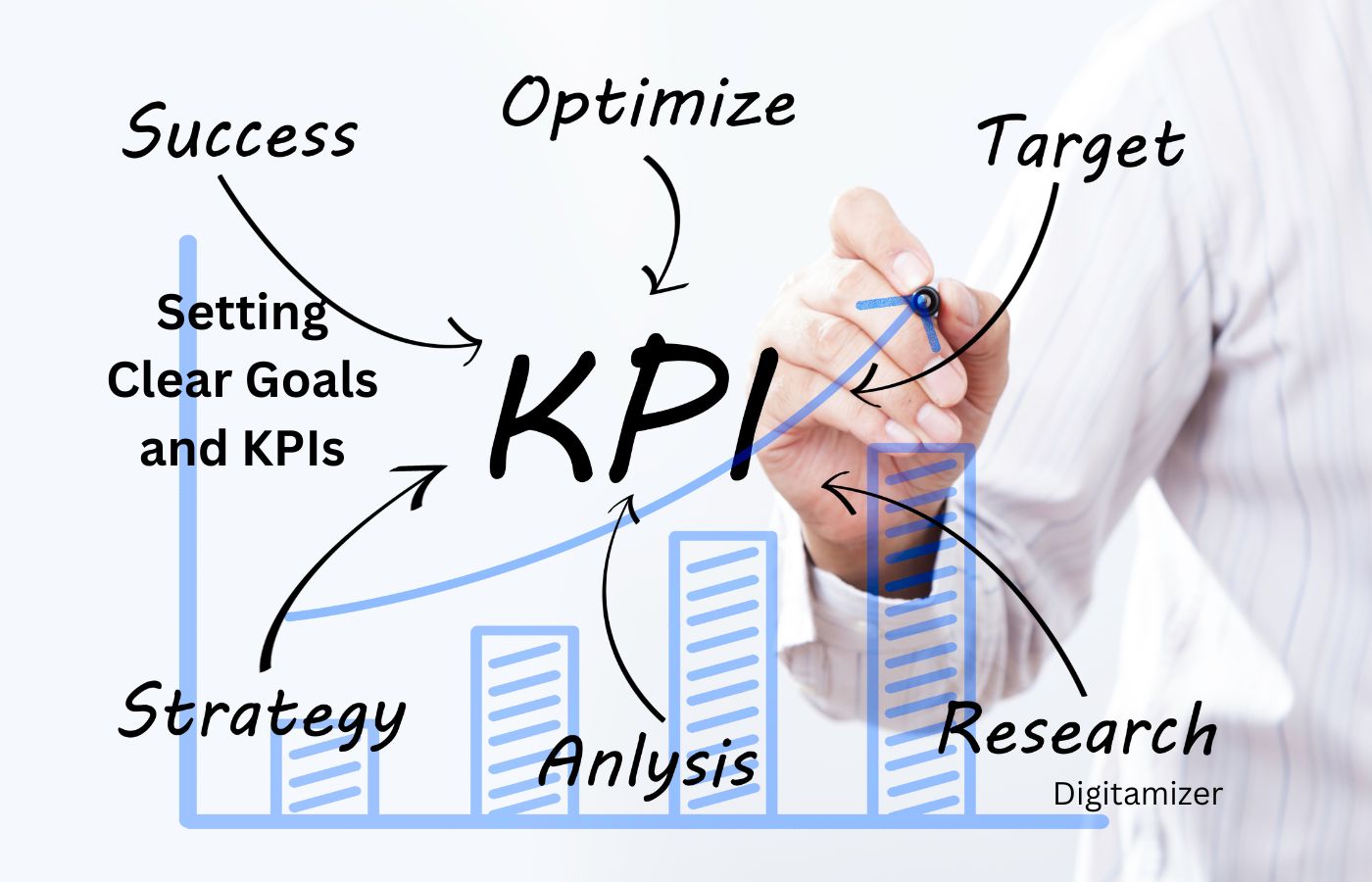
The foundation of every Conversion Rate Optimization (CRO) strategy is the establishment of defined goals and Key Performance Indicators (KPIs).
By outlining the desired outcomes of your optimization efforts, goals serve as a road map for your athletic activities and direct decision-making processes.
Be specific, measurable, achievable, relevant, and time-bound (SMART) when you set goals for yourself. A goal may be to increase online sales by 20% in the next six months or to decrease cart abandonment rates by 15% by the end of the area.
After objectives have been defined, it is critical to identify relevant key performance indicators (KPIs) for tracking progress and evaluating success.
Key performance indicators often used in online stores include conversion rate, average order value, cart abandonment rate, and purchaser lifetime fee. These analytics will show you how well your website is doing and where you may make improvements.
Successfully displaying Conversion Rate Optimization (CRO) efforts and comparing the influence of optimization tactics on important business objectives can be achieved when visions and KPIs are aligned.
Continuous optimization and efficient allocation of assets to achieve desired results are made possible by regularly evaluating and interpreting KPI statistics.
Companies may maximize conversion rates and ride income development by setting clear desires and KPIs in place, which gives clarity and direction.
Analyzing User Behavior
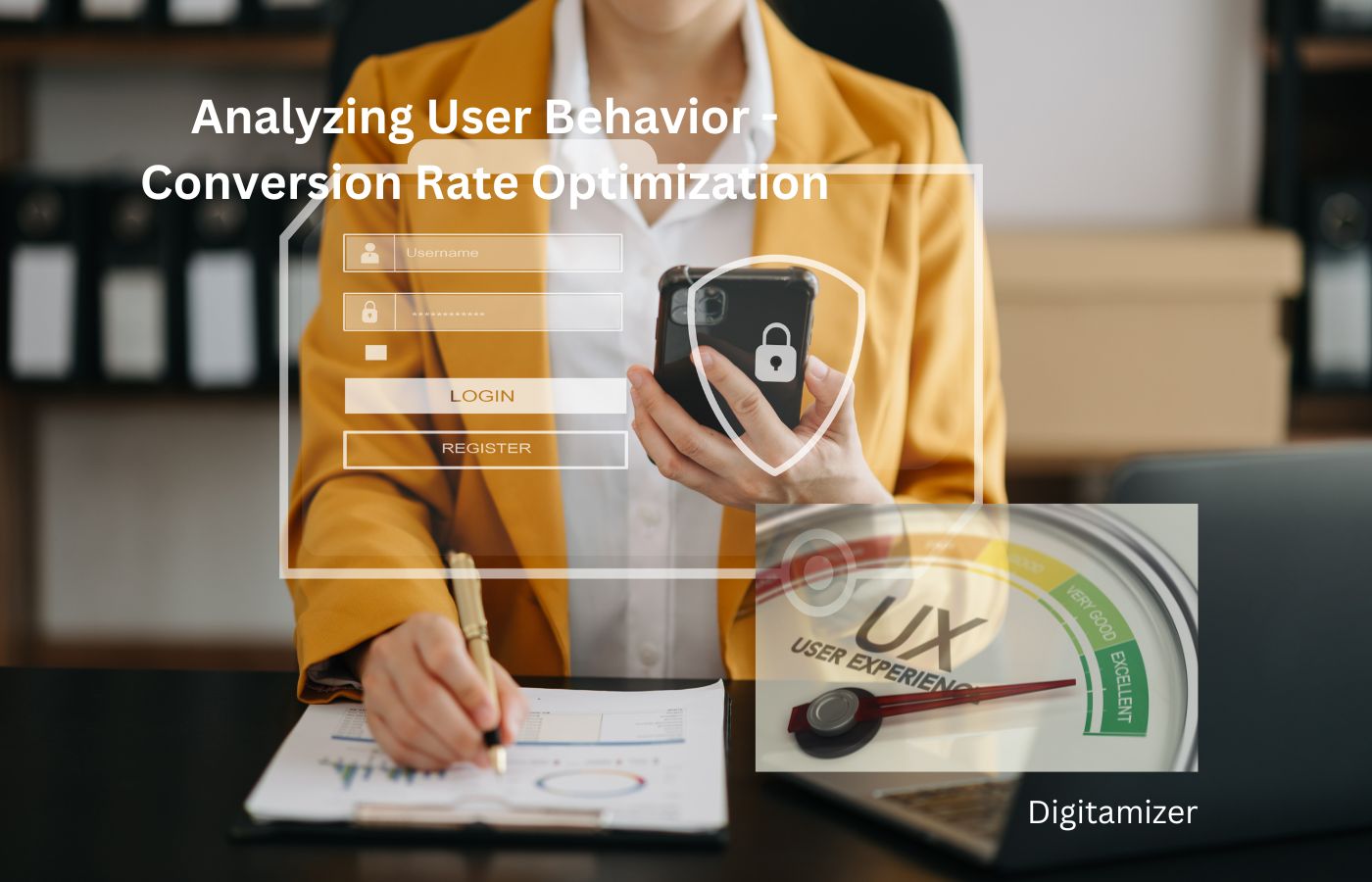
To better understand your customers’ possibilities and decision-making processes, it is helpful to analyze their conduct when they engage with your virtual provider, be it a website, app, or anything else. Improving user experience and conversions relies heavily on this analysis.
Google Analytics and similar web analytics tools let you see how users navigate your site and where you can make improvements with metrics like page views, bounce rates, and conversion funnels.
By showing where users click, scroll, and hover on your site, heatmaps and consultation recordings give tangible insights into consumer interaction.
You can find conversion-killing friction spots and usability issues by digging into these record-keeping resources. Valuable qualitative insights into customer delight and pain points can also be gleaned from review and survey feedback.
Optimizing your website, improving the user experience, and reaching organizational goals can be achieved by combining quantitative and qualitative information and making choices based on that knowledge.
Optimizing Website Design and Navigation
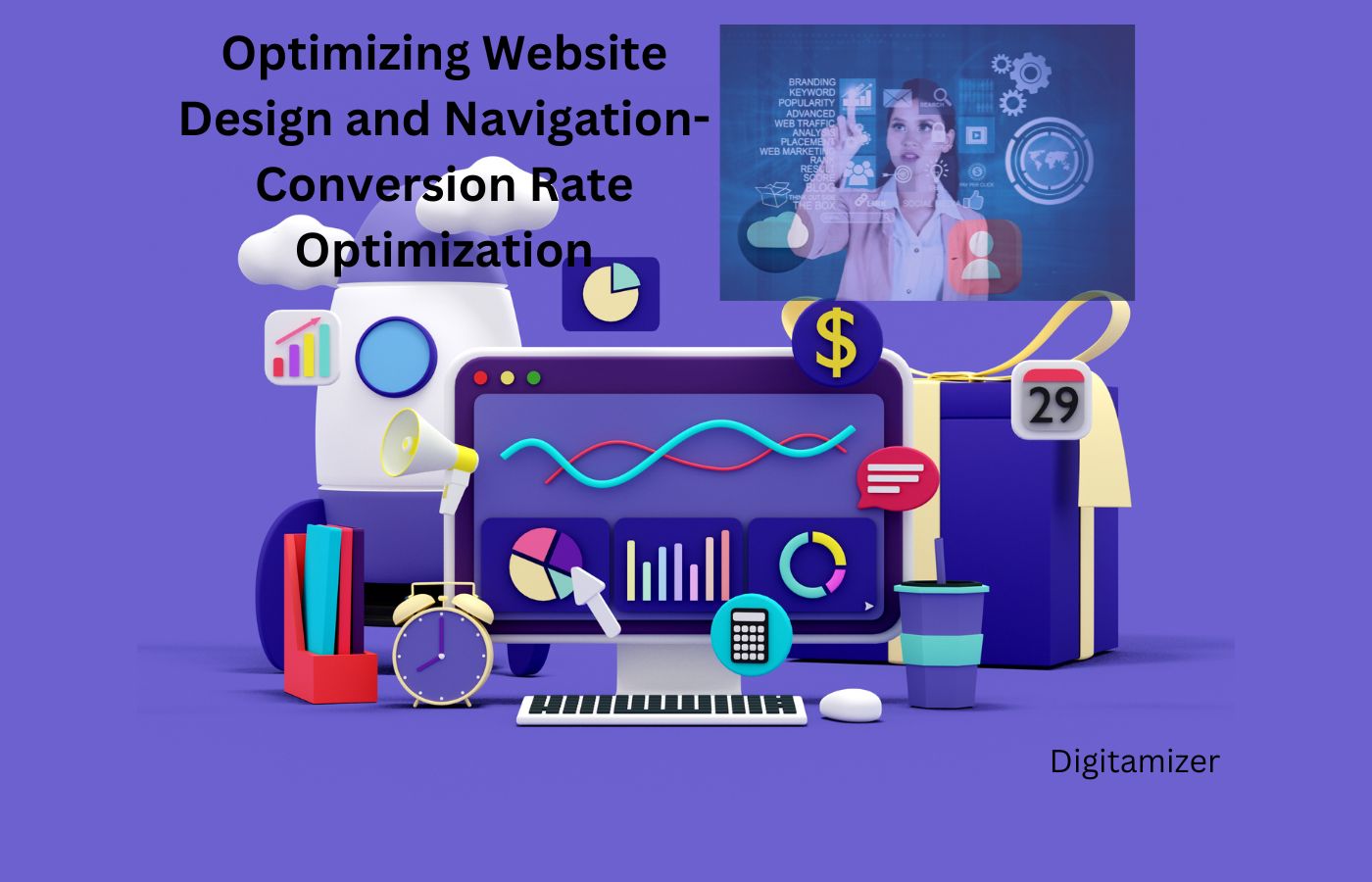
If you want to increase conversions and improve the user experience, you need to optimize your website’s design and navigation. Users are more likely to stick around and complete their intended actions on a website with an easy-to-understand navigation structure that allows them to swiftly and easily find statistics.
Using descriptive labels and organizing stuff into logical classes helps consumers comprehend and perform better. A neat and predictable browsing experience is assured by the consistency of navigation parameters throughout the site.
When it comes to accessibility, responsive design is crucial since it accommodates users with a wide range of devices and screen sizes. Improved engagement and conversions are the results of faster page loads, which boosts user pride and decreases jump quotes.
The visual aspects should be of the highest quality and designed to load quickly. White space and a clean layout are used with care to produce an attractive design that guides users to important information and actions. By prioritizing these elements, websites may provide an exceptional user experience and achieve better commercial outcomes.
Implementing A/B Testing
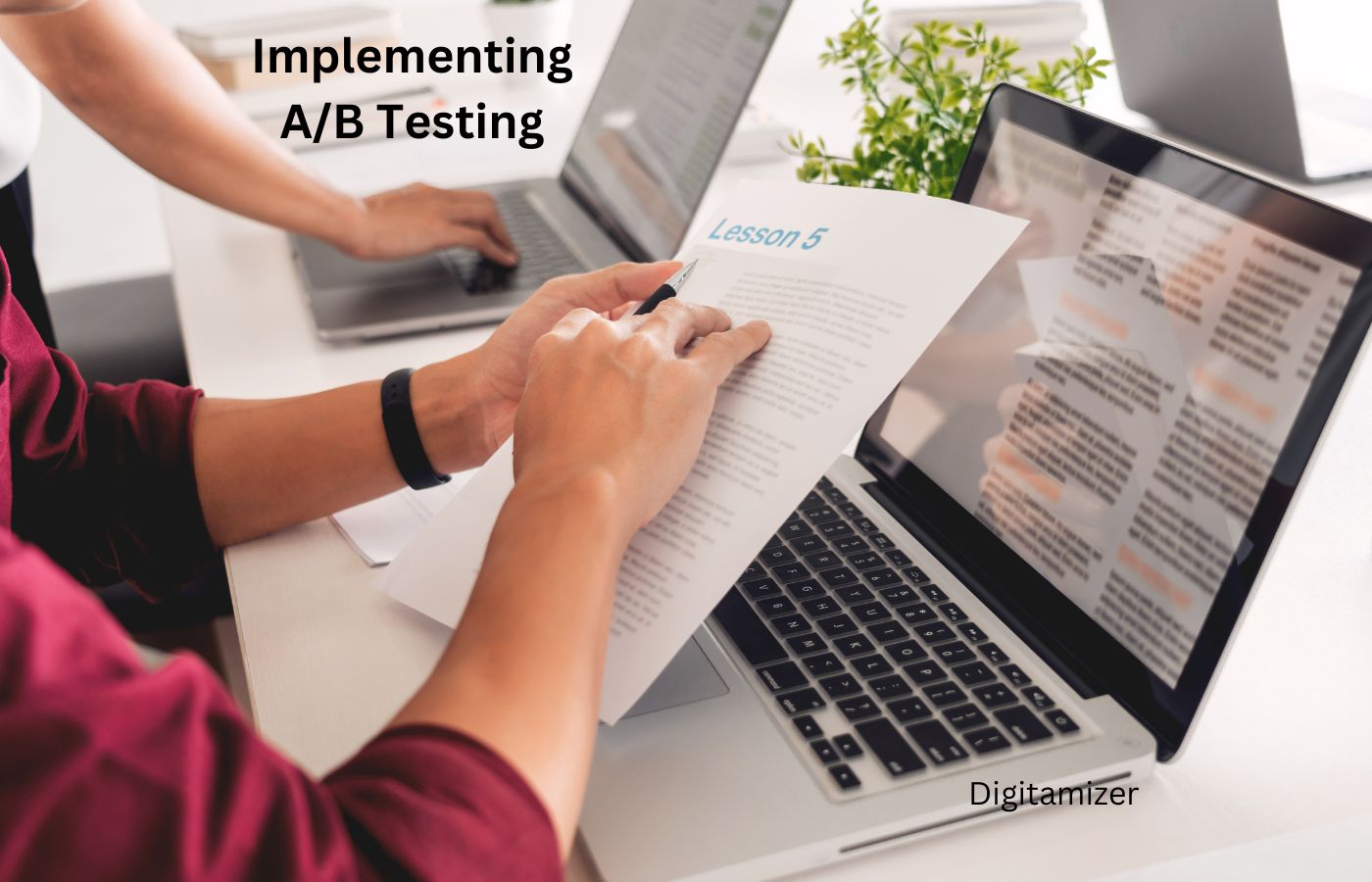
One method to find out which version of a website or app performs better in terms of user engagement and conversions is to use A/B testing, often known as split testing. You can test the impact of changes on customer behavior and make records-pushed selections by randomly allocating users to version A or version B.
First things first when implementing A/B testing: decide what part of the website, such as the headline, a call-to-action button, or the layout, you want to compare. Find out what you want to achieve with your tests, like increasing conversions or click-through fees.
Make a manageable (one-of-a-kind) model and a variant (changed) version of the element next. Distribute one model to each organization in your target market after randomly dividing them into two groups.
Measure the success of each iteration by keeping tabs on key performance indicators like conversion rate, bounce rate, and time on page. After you’ve won, you can permanently enforce the hit variation after analyzing the results to determine which model performs better. Both individual satisfaction and business success can be enhanced through the use of continuous testing and generation.
Leveraging Social Proof and Trust Signals

One surefire way to build trust, encourage user interaction, and boost conversions on your website is to employ belief signals and social proof.
The term “social proof” is derived from the idea that the actions and opinions of other people might influence how a consumer makes a decision. Indicators of trust reassure customers about the integrity and security of your website.
One effective way to showcase social evidence is by displaying customer evaluations and testimonials. Customers’ positive reviews have the power to influence potential buyers and boost confidence in your offerings. Images and films created by users also provide tangible evidence of social proof.
You may build a sense of security and dependability with the help of trust indicators like privacy rules, SSL certificates, and protection badges. One way to boost your reputation is to display your accolades, credentials, and affiliations in the sector.
You can show potential clients how your products and services work by including case studies or success stories. Bringing attention to relationships with respectable businesses or mentions in the media can help increase consideration.
You can make a great impression and get people to do what you want them to do—like buy something or sign up for your service—by using social proof and trust indicators on your website.
Optimizing for Mobile Devices
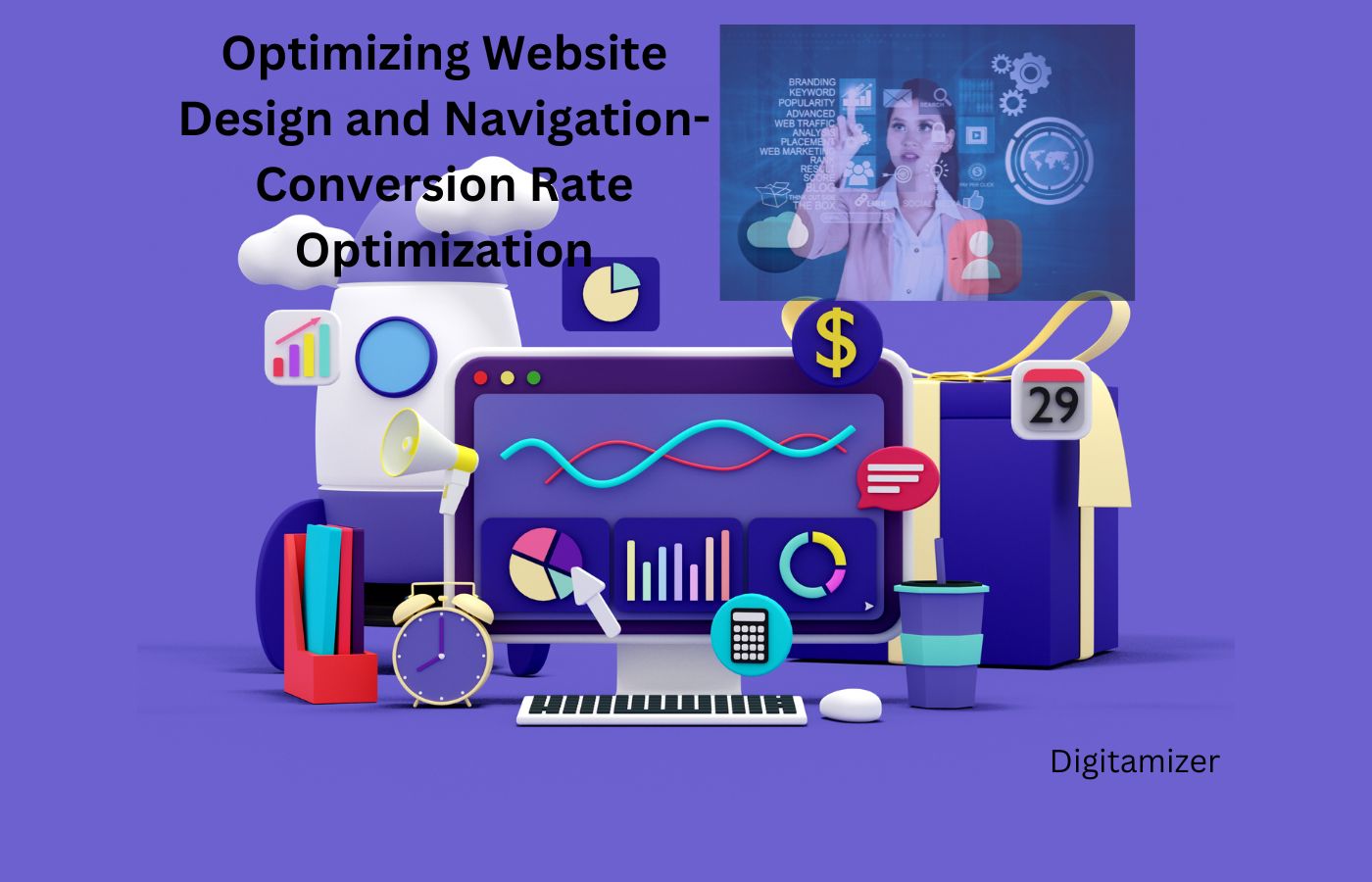
If you want to provide a consistent experience for your customers and increase engagement and conversions, you must optimize your website for mobile devices.
The importance of having a mobile-friendly website cannot be overstated, since a significant portion of internet traffic is now coming from mobile devices.
With a responsive design, your website will automatically adjust to different screen sizes and orientations, providing a consistent and user-friendly experience on any device. To keep the design consistent, use grids, pictures, and flexible layouts.
Users on mobile devices rely on websites to load quickly because slower speeds can lead to better leap quotes. Use caching tactics to enhance page loads and optimize images and other media to decrease document sizes.
Make sure that users can easily engage with your design on smaller screens by including bigger buttons and clickable elements. Make sure that the most important content is prioritized and that the site’s navigation is easy so that customers can navigate it appropriately.
Find out if there are any problems and make sure everything works by testing your website on different devices and browsers. Keep an eye on the stats to see how mobile people navigate your site and deal with any specific issues they may encounter.
Optimization of mobile devices has the potential to boost user pride, conversions, and normal business consequences.
Personalizing the User Experience

Content, features, and interactions can be customized to match character choices and behavior as part of the personalization process. You can increase personal involvement, pride, and conversions by providing a personalized experience.
Develop individualized recommendations by analyzing data such as demographics, purchasing habits, and web surfing history. To make your website more enjoyable for your customers, tailor the material and items you offer to their interests and past travels.
Targeted, personalized promotions, discounts, and messages can be delivered to specific person segments using dynamic content and centering. Make email marketing more engaging by using customers’ identities and creating material specifically for them based on their actions.
Take into account user preferences in terms of language and color schemes when making design decisions for your website. Get digital assistants or chatbots up and running so they can provide individualized assistance.
Make it easy for users to personalize their experience by letting them save their favorite items and setting preferences for things like notifications and chat.
Always be on the lookout for ways to enhance and modify personalization tactics by monitoring customer feedback and behavior. Customers will feel more connected, more likely to return, and more invested in your brand if you tailor their experience to their unique needs.
Optimizing Product Pages
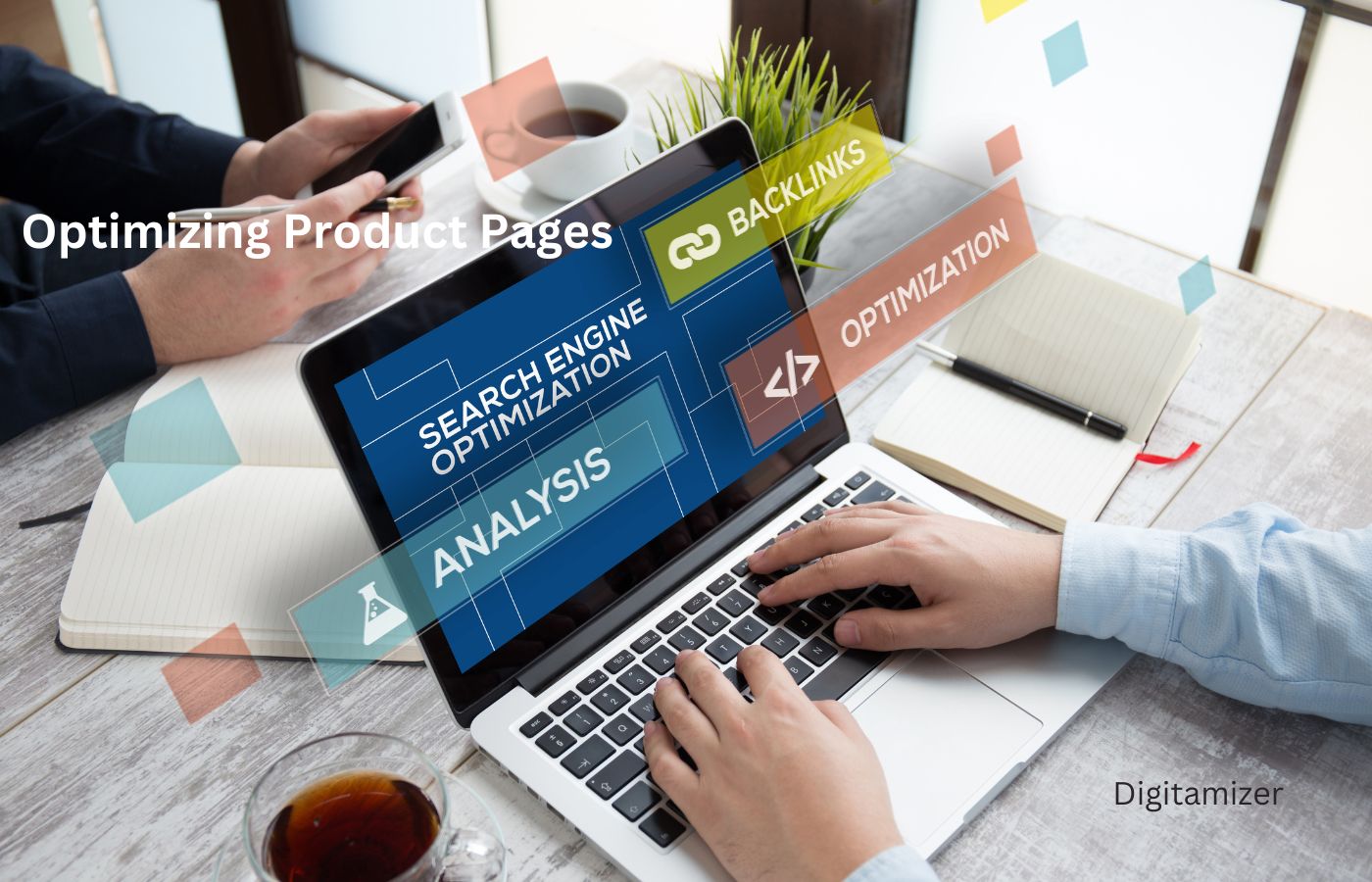
Improving your e-commerce website’s conversion rate and revenue relies heavily on optimizing product pages. Clear records and an incentive to buy are hallmarks of a well-designed product page.
Your products will be better showcased and customers will have a more comprehensive view with high-quality images taken from multiple perspectives.
Users are better able to understand what they might be purchasing when product descriptions are comprehensive and include features, specs, and advantages.
Using an enticing call to action (CTA), magazine customers were pushed to take action conspicuously. Social evidence in the form of ratings and reviews provided by actual customers helps establish credibility and sway buying decisions.
Avoid unpleasant surprises at checkout by keeping all prices transparent, including discounts, taxes, and shipping fees. Customers are accurately informed about what to expect based on stock availability and predicted transport statistics.
Common order prices can be increased by suggesting related or complementary products. You may optimize your product pages to boost conversions, increase customer pride, and improve the user experience by concentrating on those important areas.
Monitoring and Iterating

An important part of any hit Conversion Rate Optimization strategy is monitoring and iterating. You may find areas for improvement and test new approaches by continuously monitoring and analyzing your website’s overall performance.
You can see important indicators like conversion rate, bounce fee, and average order cost by using web analytics tools. To comprehend the way clients engage with your website, maintain a keen watch on user behavior and engagement methods. Heatmaps and session recordings can help you identify value concerns and sources of friction.
Getting regular feedback on how well your website is doing lets you know what’s working and what needs adjusting. To gain insights about buyer satisfaction and ability pain spots, gather user input through reviews and surveys.
Apply incremental changes based on your results and run A/B tests to see how different techniques are doing. You may learn a lot about your target audience by trying out different designs, content types, and navigational components.
With the help of continuous tracking and iteration, you can optimize your website for a better personal experience and increased conversions by making selections based on facts. You may attain long-term success in business by being proactive and flexible.
Conclusion
Finally, if you want to use money and achieve a continuous commercial boom, optimizing your e-commerce website employing Conversion Rate Optimization tactics is a must.
You may make data-driven decisions to boost customer happiness, engagement, and performance by learning about and understanding consumer behavior.
Website design and navigation optimization, mobile friendliness, and tailoring the user experience to individual preferences are all effective tactics.
Your site’s reputation and the confidence of your customers will be boosted when you apply social proof and accept it as real signs. Better conversions can be achieved by optimizing product pages with high-quality images, comprehensive descriptions, and attractive calls to action.
You can improve your website continuously and stay ahead of changing personal needs by monitoring and iterating your strategies through everyday reviews, A/B testing, and consumer remarks.
You can make sure your customers have a smooth and enjoyable purchasing experience by making targeted and data-driven adjustments.
In the end, a well-optimized e-commerce site does more than just increase sales and conversions; it also cultivates customer loyalty and long-term happiness.
You may lay the groundwork for a successful online business by putting the needs of your customers first and always improving your approach.
Also, read the below articles for more information on e-commerce business:
10X E-commerce Enablement: Empowering Growth Potential
Step-by-Step Guide to Setting Up Your E-commerce Store
Top 10 Online Shopping Websites You Need to Explore
Retail Revolution: E-commerce’s Impact on Shopping
E-Commerce Platforms – Shopify vs. WooCommerce vs. Magento
Alibaba vs. Amazon Battle: A Global E-commerce Showdown
The Role of social media in Global E-Commerce Marketing
What is conversion rate optimization (CRO)?
Conversion rate optimization (CRO) is the process of improving your e-commerce site's performance to increase the percentage of visitors who take a desired action, such as making a purchase, signing up for a newsletter, or adding items to a cart.
How do I determine my current conversion rate?
Your conversion rate can be calculated by dividing the number of conversions (such as sales) by the total number of visitors to your site, then multiplying the result by 100 to get a percentage.
What are some common conversion goals for e-commerce sites?
Common conversion goals include purchases, email sign-ups, form completions, downloads, and cart adds.
How can I improve my website's user experience for CRO?
Improve user experience by ensuring fast load times, clear navigation, easy-to-read text, engaging visuals, and a seamless checkout process.
What role does A/B testing play in CRO?
A/B testing allows you to compare two versions of a webpage or element to see which performs better. It helps you make data-driven decisions to optimize your site.
How can I use customer feedback to improve CRO?
Collect and analyze customer feedback through surveys, reviews, and customer service interactions to identify areas for improvement and potential barriers to conversion.
What is the importance of mobile optimization in CRO?
With more users shopping on mobile devices, mobile optimization ensures your site is accessible, easy to navigate, and performs well on smartphones and tablets, leading to higher conversions.
How do product descriptions and images affect CRO?
Clear, detailed product descriptions and high-quality images help customers understand what they are buying and make informed decisions, increasing the likelihood of conversions.
What is the role of social proof in CRO?
Social proof, such as customer reviews and ratings, builds trust and credibility, encouraging visitors to make a purchase.
How can retargeting campaigns boost conversions?
Retargeting campaigns target visitors who have shown interest in your products but didn't complete a purchase. Personalized ads can bring them back to your site to complete the transaction.
Digital Marketing Services, SEO and E-Commerce Solutions in Delhi, India
Author – Farhanul Haque
The article “Conversion Rate Optimization: 10 Ways to Boost Sales Online” is written by the Founder of Digitamizer who has been working in the e-commerce Sector Since 2006 and is also a certified Digital Marketing Professional from IIT, Delhi, India.


You brought up some excellent points I hadn’t considered. Appreciate the new perspective.v